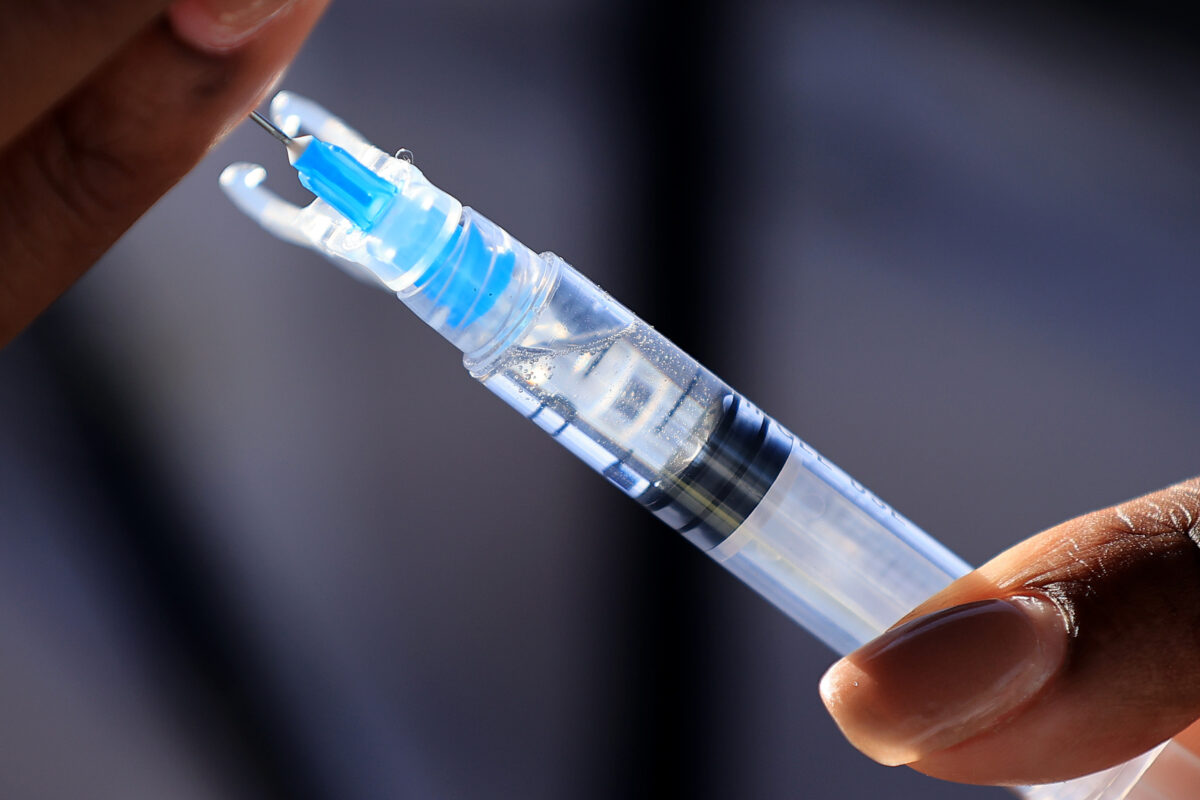


A first-of-its-kind study assessing COVID-19 mRNA vaccine safety in children 5 and under has reported no side effects associated with the vaccines.
However, an expert has questions about the study’s design, potentially impacting the findings’ validity.
The study authors reported one case of hemorrhagic stroke and one case pulmonary embolism but determined that these incidents were unrelated to vaccination due to preexisting congenital abnormalities. One case of multisystem inflammatory syndrome in children (MIS-C) was identified postvaccination, but this was dismissed as the child got COVID-19 after vaccination and before MIS-C diagnosis.
No cases of myocarditis or pericarditis were detected.
“Parents can be assured that this large study found no serious side effects from the mRNA vaccines,” Dr. Nicola Klein, a senior author of the study and director of the Kaiser Permanente Vaccine Study Center, said in a press release. Surveillance is still ongoing.
However, Dr. Andrew Bostom, a cardiovascular research expert and retired professor of medicine at Brown University, questioned the study’s design. The study lacked a valid control group, he said, which can undermine the findings.
Rather than comparing vaccinated children against the unvaccinated, in this study, children vaccinated one to 21 days before surveillance were compared to those vaccinated 22 to 42 days before, implying that vaccinated children became the control group after day 22. Bostom argued that by adopting this approach, the authors assumed that the risk of adverse events vanishes after day 22.
“It’s so arbitrary to say the risk magically disappears at day 22, ” he said. “That doesn’t make sense biologically or logically.”
Bostom acknowledged that previous studies following a similar design were conducted to evaluate findings of the COVID-19 Vaccine Safety Datalink (VSD), an electronic health database established by the U.S. Centers for Disease Control and Prevention (CDC) to track vaccine adverse events. However, he emphasized that this study design should not be the standard for future vaccine safety research.
VSD’s previous study, published in December 2022, also lacked a control group for comparison, observing vaccinated individuals for 98 days regarding myocarditis and pericarditis reports.
The latest study, published June 6, used the VSD to examine adverse reports related to COVID-19 vaccination in children aged 5 and under. The study included data from over 247,000 vaccine doses. Over 135,000 Pfizer doses and 112,000 Moderna vaccines were administered.
Considering that vaccine uptake in children under 5 was low, with less than 25 percent receiving at least one dose of the COVID-19 vaccine, Bostom argued that the unvaccinated population, comprising 75 percent of eligible children in these clinics, could have served as the control group for comparison.
“This is not the MMR (measles, mumps, rubella) vaccine [where it is hard to find suitable controls],” he added.
Bostom emphasized the importance of conducting a proper safety trial, mainly due to parental hesitancy regarding vaccinating children. A valid control group is necessary to establish a baseline rate for comparison against potential safety signals.
As of June 2023, the CDC reports that 10.2 percent of children under 5 have received at least one dose of the COVID-19 vaccine, while approximately 33.3 percent of children aged 5 to 11 have received at least one dose.
The study authors did not immediately respond to requests for comments.
“I would take the data and do the whole study over again,” Bostom said, suggesting that unvaccinated children can be evaluated through well-being visits.
